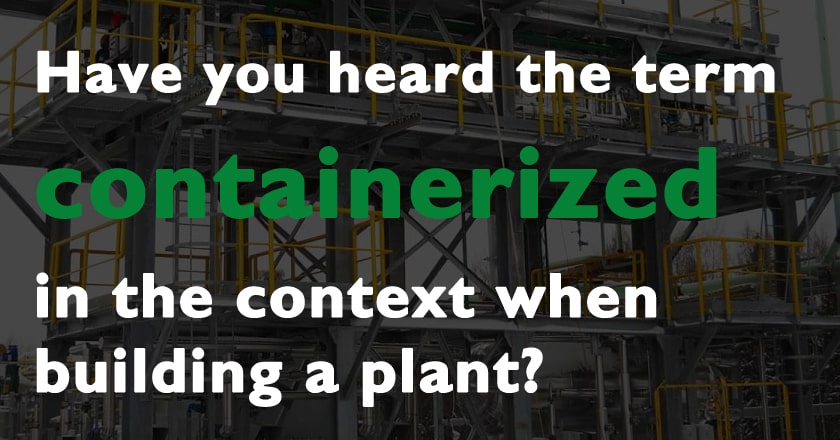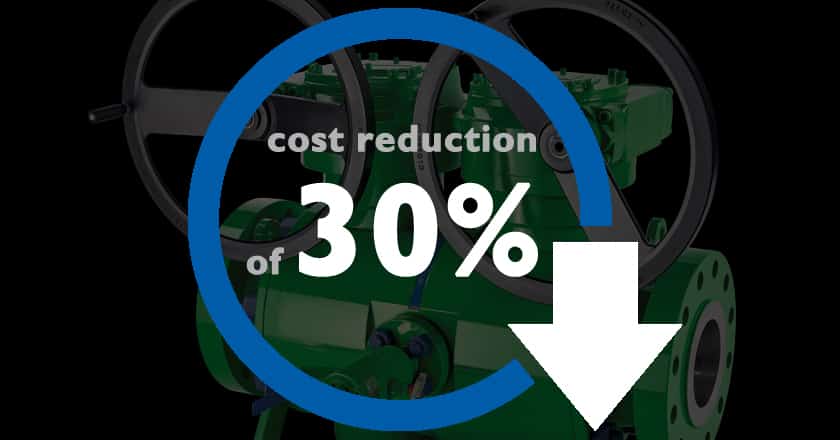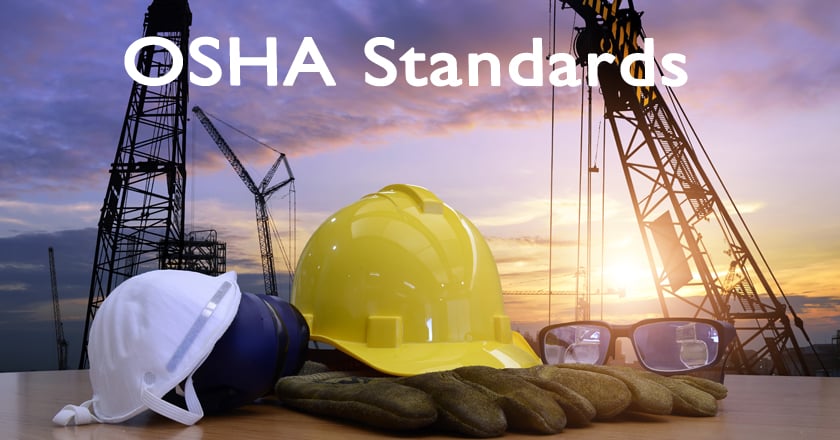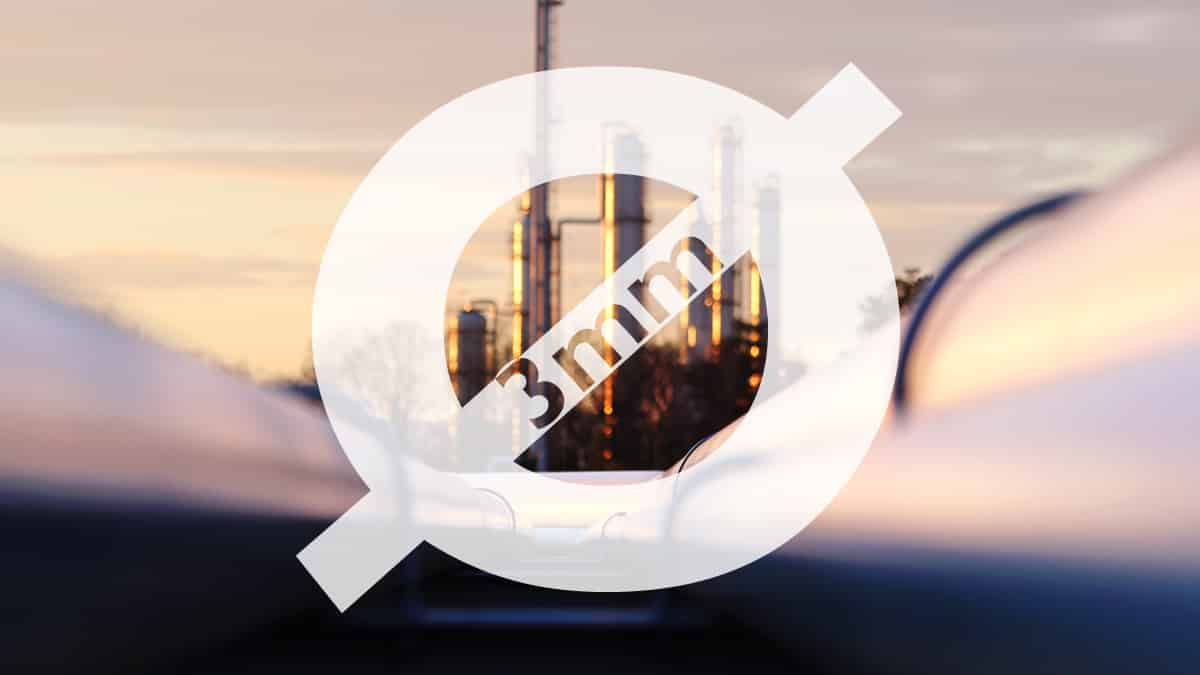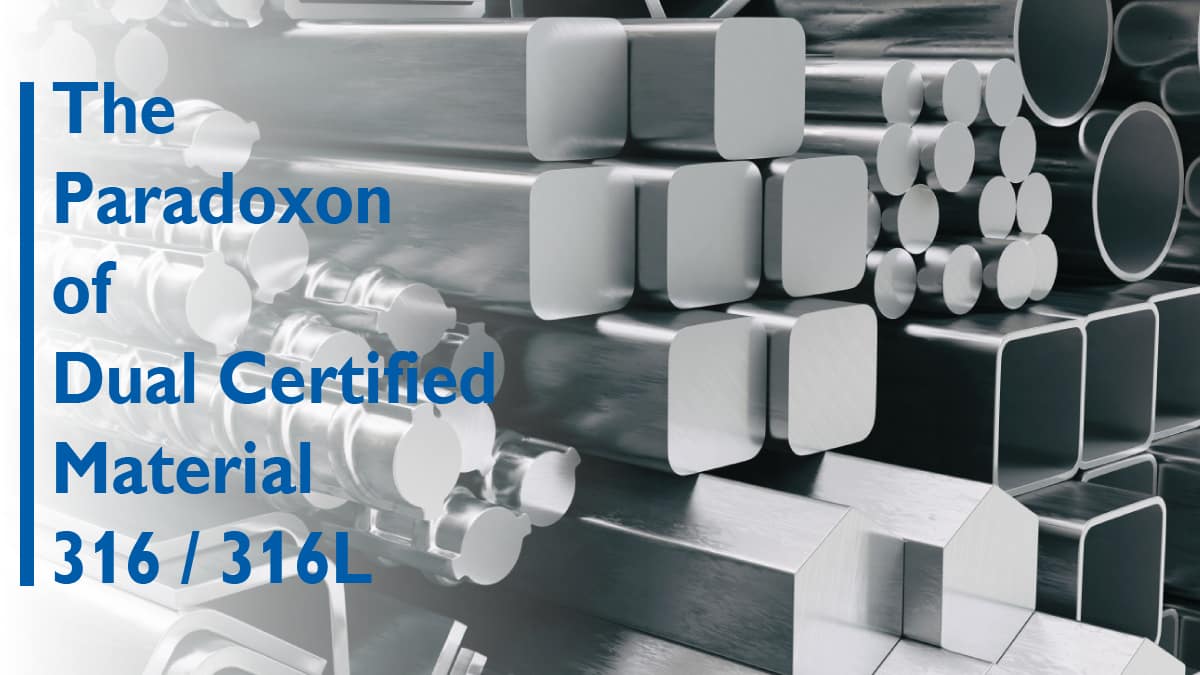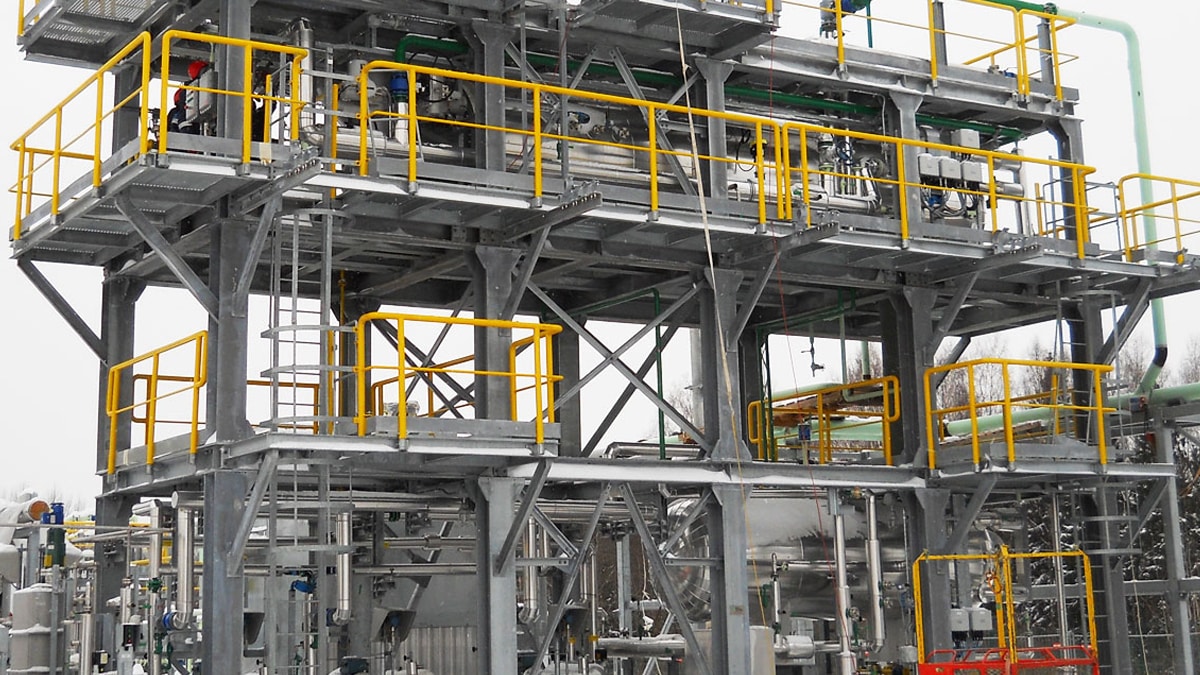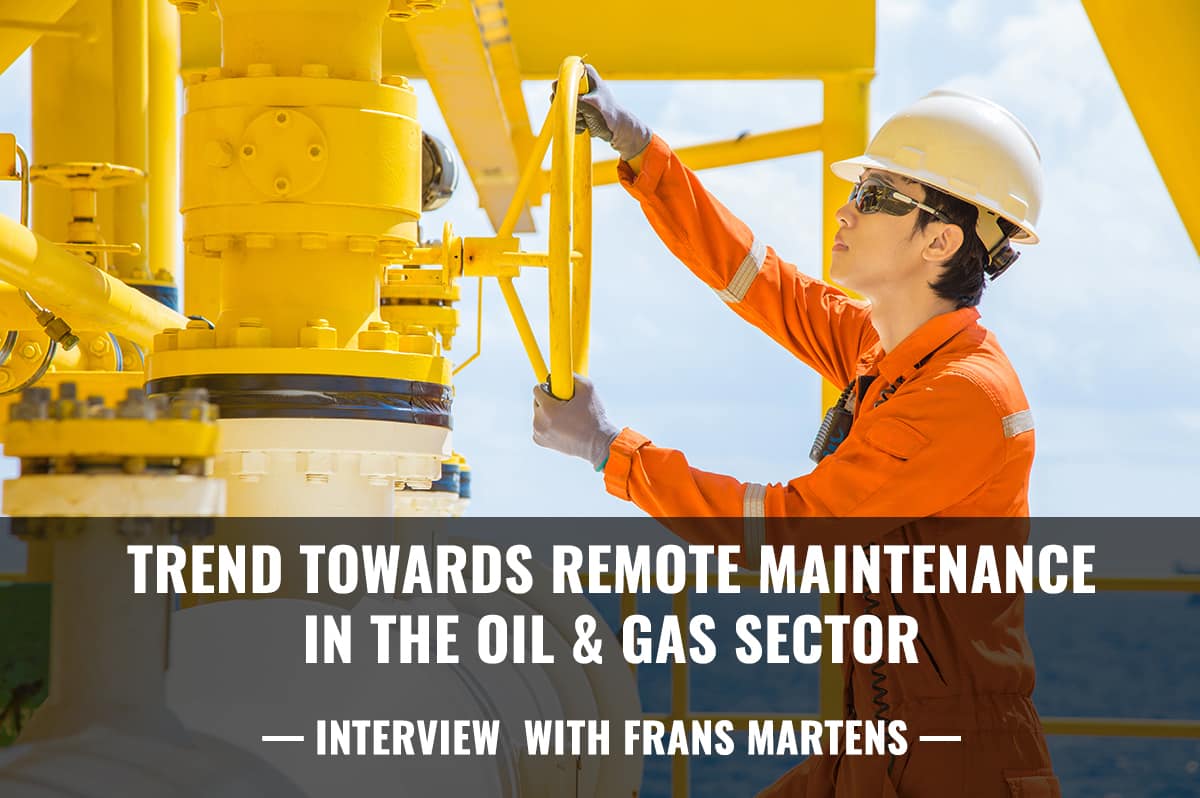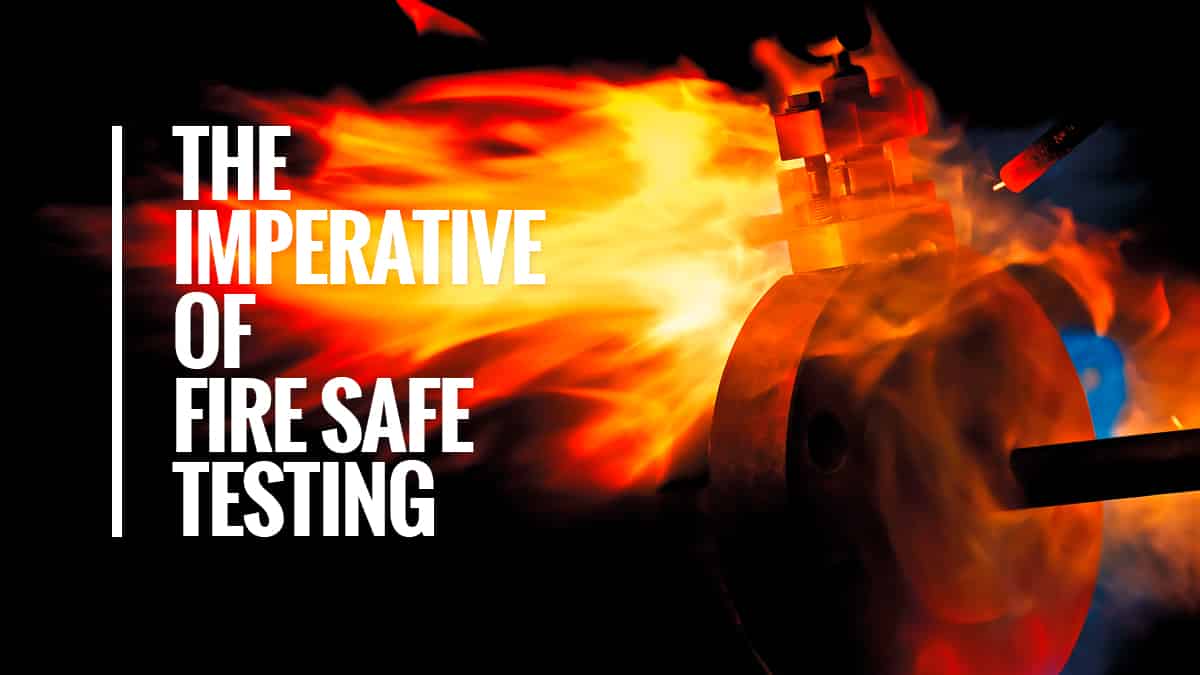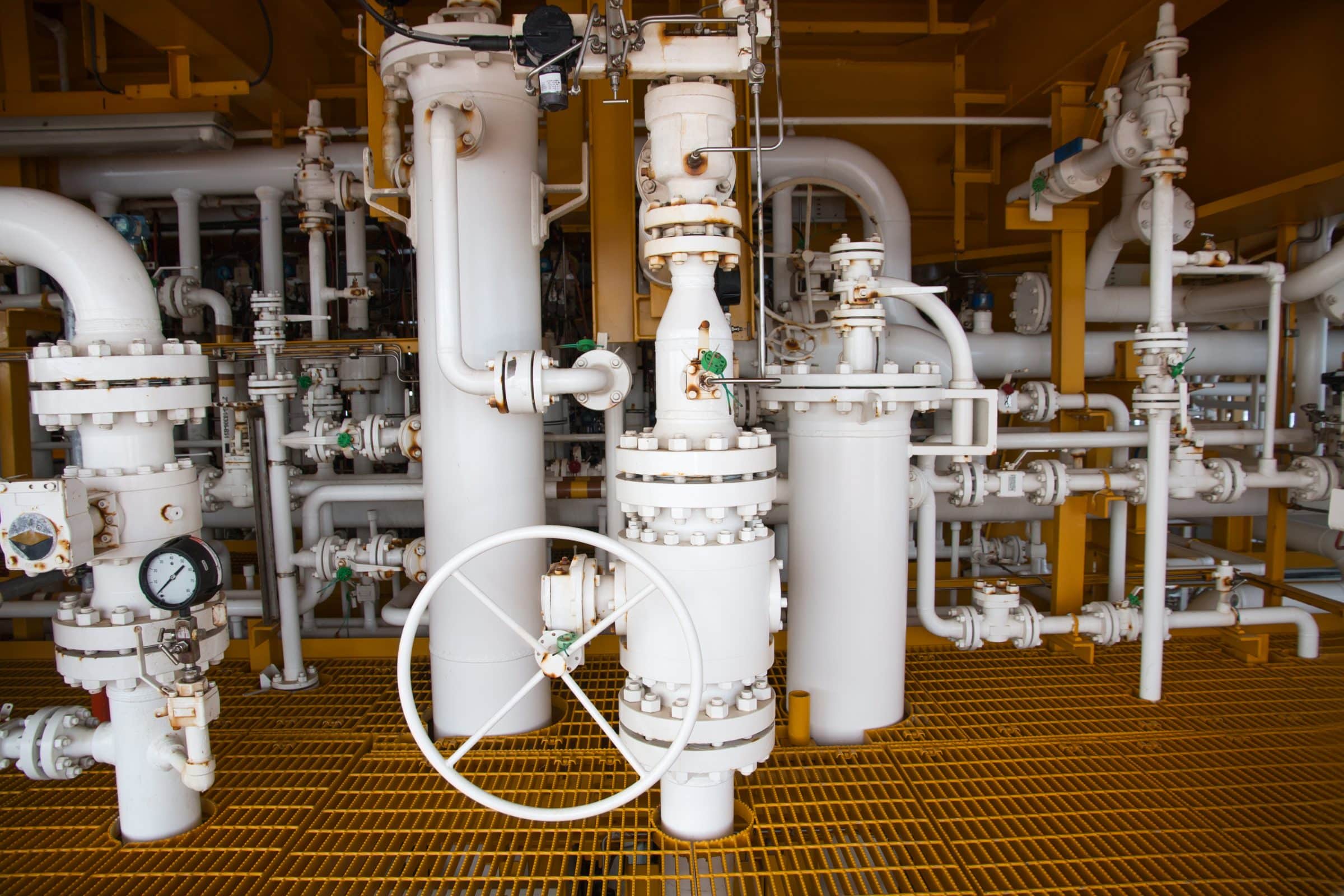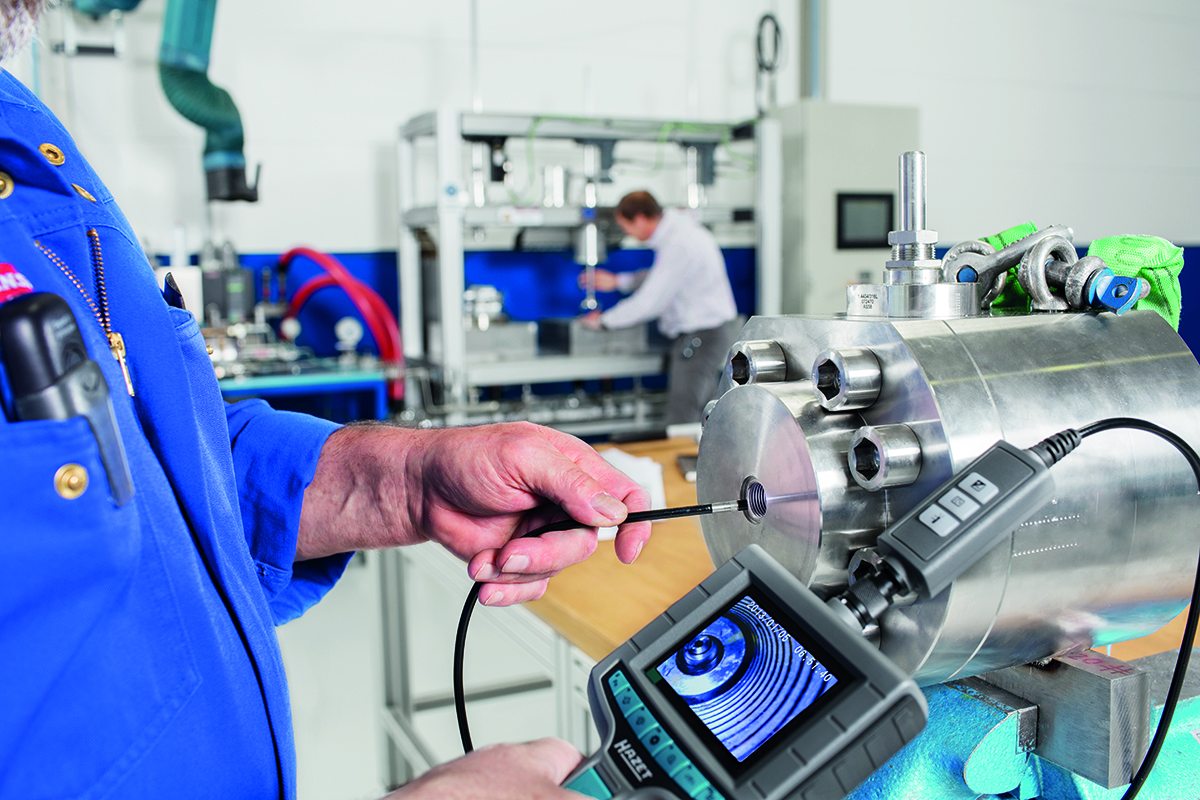Welcome to the world of Modular Plant Systems. Construction of modularized plant system has become a popular choice of design. Especially in heavy process industries common to the Oil & Gas and Petrochemical Sector. Generally, such modularizations are used for compact steel frameworks commonly called “skids”. For example when equipment, vessels, piping, valves, instrumentation and electrical/controls are mounted. A complete system may comprise a single skid or a number of skids to form a bigger and sophisticated processing system.
Continue readingSmart DBB Valve Technology
DBB Valves: Traditional installations of DBB Valve systems at plants are very time consuming and an expensive practice. A traditional system consists of two single ball valves, a needle valve, various connectors, adaptors and flanges. There are many steps to consider when completing the installation process. In total, there can be as many as 41 steps required for a traditional installation of DBB valves setup.
Continue readingOSHA Standards – Occupational health and safety
Safety requirements in the process industry are extremely high. In some plants, especially in processes, involving flammable liquids or toxic gases, such a leakage can lead to risks to the plant but much important to the personnel – Especially for engineers with focus on maintenance and facility. The DBB Valves made by AS-Schneider provides an added value for all fields of application: https://taurusdbbvalves.com/features/
Continue reading3 mm are crucial to avoid overpressure
Pipelines that transport oil and gas over long distances often pass through rough environments. They are exposed to temperature variations and other weather influences. To ensure that the distribution of liquids and gases functions smoothly and that the medium does not escape, the technology must meet the highest quality standards.
Continue readingThe Paradoxon of Dual Certified Material 316 / 316L
When I started my career as a valve engineer, one of the first lessons were: Which materials are used for valve components. Didn`t know too much about the details of the different materials, for me, the most strange material at that times was the 316 Series.
Continue readingCompact DDB Valves for Modular Plant Systems
Construction of modularized plant system has become a popular choice of design in heavy process industries like the Oil/Gas and Petrochemical Sector. Modularization is where equipment, vessels, piping, valves, instrumentation and electrical/controls are mounted on a compact steel framework, commonly called “skids”.
Continue reading[Interview] Trend Towards Remote Maintenance (de-manning) in the Oil and Gas Sector
Frans and Tim are in frequent exchange about the future of the Oil & Gas Industry. On June 26th, 2017, we have published the transcript of their first discussion on our website. You can read the full transcript “Challenges and Trends in the Oil & Gas Industry” here.
Continue readingThe Imperative of Fire Safe Testing!
I often hear people saying “Metal seated valves with graphite sealing don’t need to be fire safe tested, as all the components are fire resistant”.
To be honest, starting my career as a valve engineer, I was convinced, that this common understanding is true – until I did fire safe tests on my own for our Monoflange Series, many years ago. Even after this long period of time I remember very well, when we did the pre-tests. I looked very surprised, when the valve seat was leaking during the firing of the valve.
Improve Safety – Upgrade to DBB Valves
It is very easy to upgrade your existing Single Isolate Ball Valve installation. Simply use a DBB with Face-to-Face and End-to-End dimensions acc. to ASME B16.10.
Use a DBB Dual Ball Design improve Safety and Process Reliability. Here is a simple infographic to illustrate the interchangeability using ASME B16.10 dimensions:
Continue readingThe most important facts of an own Valve Test Center
When I think back 20 years, I nearly cannot imagine how we were able to provide such high quality valves without the means of testing them in such an extensive way like we do this today.
I remember very well the time, when I started at AS-Schneider as a design engineer. Fire Safe Approvals and Fugitive Emission Testing (TA-Luft) had to be done outside the company on a third party test rig. There was no chance to do a pre-testing and it was always very exciting when the third party like TÜV was witnessing the tests. Well, most of the approvals were passed successfully, but I also remember some Type approvals were we failed at the first stage. The disappointment was great and we lost time with the re-design and the second try.
Today we are very glad to operate our TechCenter with 2 Fire Safe test rigs, a fully automated valve test bench, a climate chamber, etc. Once we started our TechCenter, it was so exciting for us to learn what our valves are able to withstand and where they have their limits.
Continue reading